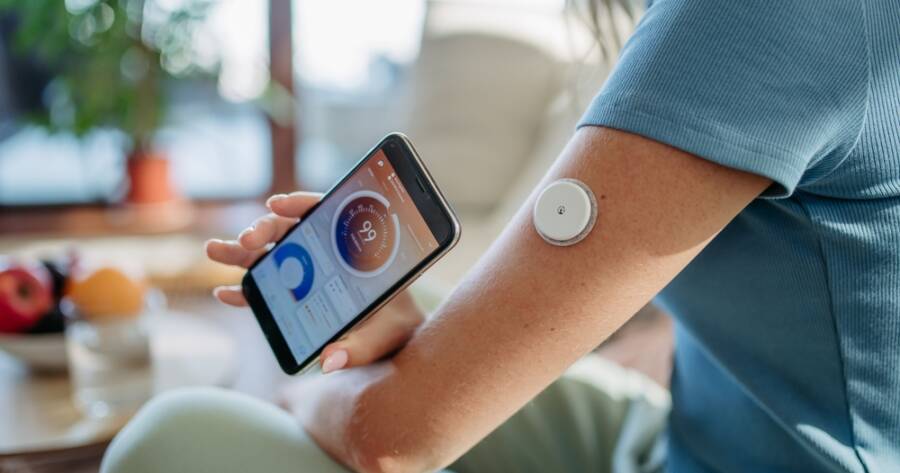Diabetes management is transforming with advancements in glucose monitoring technology, shifting from traditional finger-prick methods to innovative, less invasive solutions. Continuous Glucose Monitors (CGMs) lead the charge, offering real-time data and increased comfort. Discover how these advancements impact diabetes management strategies and enhance user experience.
Non-Needle vs. Traditional Glucose Monitoring: What You Need to Know
Diabetes is a chronic condition that necessitates ongoing monitoring of blood glucose levels to manage effectively. Traditionally, individuals with diabetes have relied on finger-prick blood glucose monitoring, a method involving taking blood samples from the fingertip several times a day. However, this method has been criticized for its pain and inconvenience. As a result, the medical industry has been shifting towards less invasive options, offering new solutions to those with diabetes, aiming to make daily management less cumbersome.
Evolution of Continuous Glucose Monitors (CGMs)
Continuous Glucose Monitors (CGMs) have emerged significantly in diabetes management technology, providing a non-invasive alternative to traditional methods. Introduced in the late 1990s, CGMs measure glucose through interstitial fluids instead of blood, offering real-time data to users. These systems do not deliver insulin but can integrate with insulin pumps to aid in maintaining blood sugar within desired ranges without the discomfort associated with finger sticks.
Advancements in CGM Technology
Technological advancements have broadened the accessibility and functionality of CGMs. Devices such as the FreeStyle Libre, approved by the FDA in 2017, provide readings without finger pricks using a sensor that requires scanning multiple times a day. The Dexcom G6 and Eversense CGMs transmit glucose readings every five minutes, with the latter requiring a medical procedure for implantation under the skin. Recent developments like the Guardian Connect System cater to a younger demographic, introducing features focusing on time-in-range data for active lifestyle management.
Promising Non-Invasive Monitoring Methods
With increased demand for comfort, non-invasive glucose monitoring is a thriving research area. These devices aim to measure blood glucose without skin penetration. Technologies under development include spectroscopy, radio frequency, and devices using infrared laser technology. Companies like Scanbo and Nemaura Medical are pioneering innovations such as wristbands and skin patches, although skepticism about their reliability persists. Challenges remain in ensuring data accuracy and achieving regulatory compliance for these new technologies.
Exploration of Alternative Biological Mediums
Aside from skin-based options, researchers are exploring saliva, sweat, and breath as mediums for glucose monitoring. Saliva-based monitoring, for example, has demonstrated a positive correlation between salivary and blood glucose levels but lacks standardization to ensure consistent accuracy. Skin-based devices using mechanisms such as reverse iontophoresis are similarly under investigation, although they must accommodate factors like perspiration and body temperature variations. Breath analysis, while promising, poses challenges regarding sensitivity and technological cost.
Considering Your Options with Healthcare Advice
Making the switch from traditional glucose monitoring to non-invasive or less invasive alternatives should involve thorough discussion with healthcare providers. Not all monitoring systems may be suitable for individual needs, especially concerning lifestyle and health status consultations. It is critical to scrutinize options with medical expertise to tailor diabetes management strategies effectively. Beyond the technology itself, patient education on the correct interpretation of data provided by these devices remains a crucial aspect that must not be overlooked.
Why You Should Learn More About Glucose Monitoring Today
The evolving landscape of glucose monitoring technologies represents a significant leap in diabetes management, offering pain-free and more convenient solutions. For those managing diabetes, understanding these emerging technologies could herald better quality of life and health outcomes. As the industry progresses, keeping informed about the latest advancements will empower individuals to make informed choices conducive to better diabetes management. Engaging with healthcare providers to determine the best fit for one’s lifestyle ensures a proactive approach to health management, leveraging advanced tools available today.
Sources
Development and Functionality of CGMs
